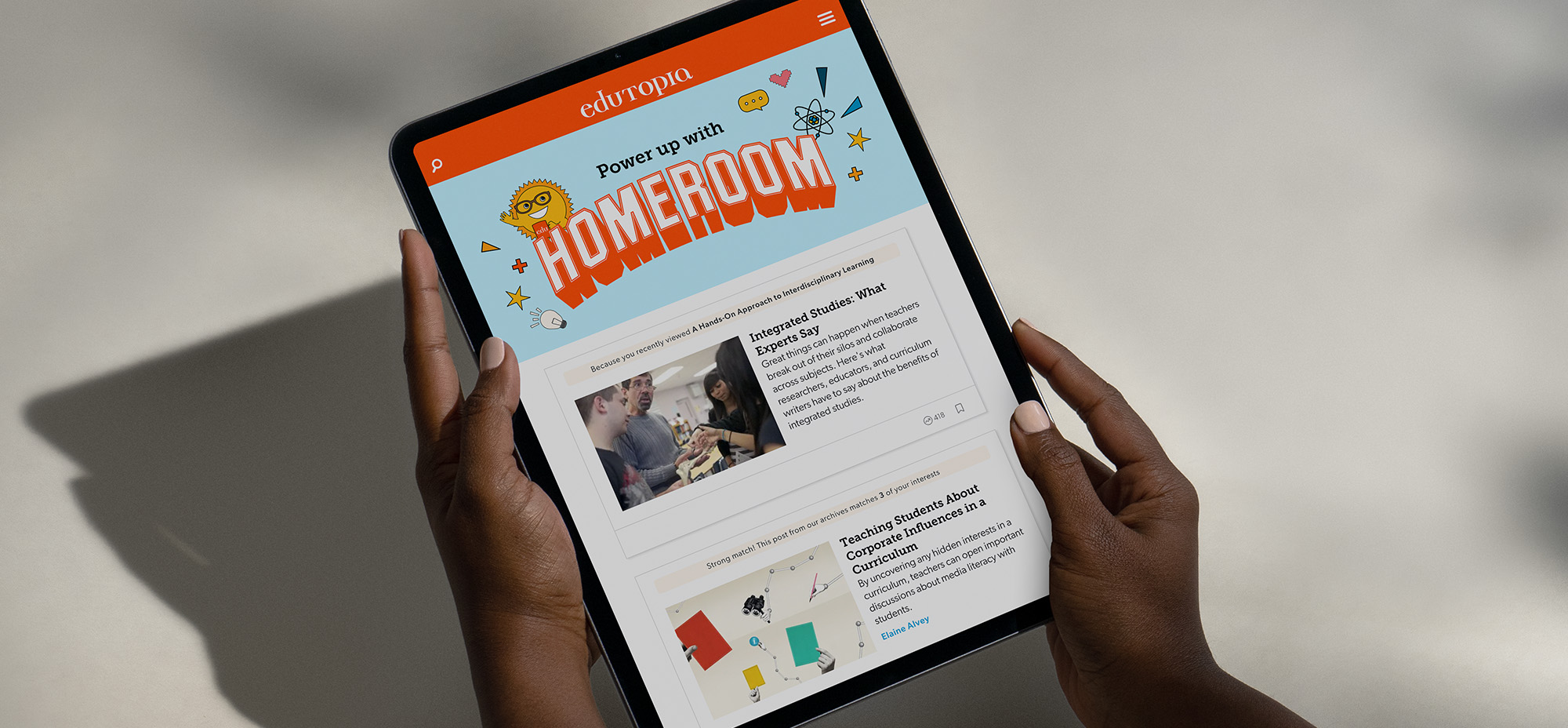A Quiet Revolution in the Newsroom
There’s a quiet shift happening behind the scenes of some of the world’s biggest newsrooms—and it’s not just about flashy headlines or AI writing poetry. It’s about real workflows, real content, and real deadlines. News organizations aren’t dabbling anymore. They’re building AI into the foundation of how they get things done. You won’t find bots writing Pulitzer-worthy exposes, but what you will find is a growing reliance on AI to speed up the small stuff, surface the unseen, and free up journalists to focus on what matters: telling good stories.
Real-World Use Cases from Leading News Outlets
The New York Times – Custom Tools, Real Impact
The Times has taken a measured, purposeful approach to AI. Instead of jumping straight into ChatGPT territory, they built their own summarization tool, Echo, designed specifically for internal newsroom use.
Echo helps journalists distil long reports, background documents, and press briefings into fast, usable summaries. But that’s just one piece of the puzzle. The Times is also tapping into Google Vertex AI and GitHub Copilot to assist with headline generation, code snippets for data journalists, and even research assistance.
And they’ve done it all behind a strong wall of editorial control. Every tool is bound by clear ethical guidelines, with no generative AI used to write final pieces. It’s augmentation, not automation.
The Washington Post – Haystacker and Heliograf
The Washington Post made headlines with its in-house AI reporter, Heliograf. Debuting around the 2016 Rio Olympics, Heliograf was used to generate brief sports stories and automatically update election results. Fast forward to now, and they’ve evolved that spirit into smarter, broader tools.
Haystacker is one of their latest AI developments. It sifts through terabytes of text, photo, and video data to help journalists spot trends, anomalies, and story leads. Instead of manually combing through press releases and police reports, Haystacker serves up bite-sized insights. The Post has even built Slack integrations for real-time alerts. If something seems statistically “off,” editors are pinged. Is a candidate getting sudden, unusual support? Is an Olympic score about to break a record? Now they know faster—and can act on it.
The Associated Press – From Earnings Reports to Everything Else
The AP has been doing automated journalism before it was cool. Since 2014, they’ve been using structured data to automate short earnings reports. What started with business news has now expanded into sports, weather, and election coverage.
In 2024, they introduced the AP Storytelling platform, which is a cross-channel orchestration system that uses AI to adapt stories for web, mobile, social, and even audio. A single input can lead to multiple outputs, all tuned for the platform they land on. AI does the heavy lifting on format and layout. Humans stay in charge of facts and voice.
Forbes – AI-Enhanced CMS for Contributor Efficiency
Forbes reimagined its CMS and came up with Bertie, a behind-the-scenes co-pilot for their vast contributor network. Bertie acts like a backstage coach. Once a writer logs in, the system recommends trending topics, suggests headlines, and even offers image pairings based on article content. In some cases, Bertie can provide a first draft, especially for news briefs pulled from open data.
This helps maintain consistency and speed across hundreds of articles per day. The final call still rests with the contributor, but it’s like having an extra brain that knows the house style and what’s trending—on tap 24/7.
Reuters – AI from Pitch to Publish
Reuters isn’t dipping its toes in the water. They’re diving in. AI is baked into every stage of their news process—from idea generation and data collection to writing, editing, and publishing. Financial reporting, for example, benefits from automation that can surface anomalies in data and draft summaries based on quarterly results faster than any human could type.
But they don’t hide it. Transparency is part of the deal: if the content is AI-generated mainly, it’s labelled as such. Reuters also stresses the importance of human editors reviewing everything before it goes live. At its core, AI here acts like a well-trained intern who never sleeps.
BuzzFeed – Interactive AI Quizzes and Entertainment
BuzzFeed didn’t go the traditional route. They saw AI as a way to ramp up the fun factor. In 2023, they rolled out Infinity Quizzes, powered by GPT-4. Unlike your classic “What Disney Princess Are You?” quizzes, these offer customized results based on each user’s inputs—sometimes even generating short stories or character bios on the fly.
The format is endlessly remixable. It’s not about replacing writers but amplifying engagement. Creative staff still craft the concepts and prompts, but AI handles the branching logic that delivers millions of possible results. It’s personalization at scale—and it’s sticky. BuzzFeed saw engagement climb as users spent more time interacting with these “choose-your-own-adventure” style experiences.
Newsquest – Local Journalism on AI Steroids
Local reporting doesn’t usually get the glamour, but AI is changing that. UK-based Newsquest has created the role of AI-assisted reporter, now found in dozens of its regional offices. Reporters input structured info like a council press release or police statement. Then, an AI model generates a story draft that’s reviewed and polished by the human journalist. This allows one reporter to cover the workload of several. And with ad revenue dipping across print, this model helps keep local stories flowing without gutting the newsroom.
What’s Driving the Uptake?
It’s not just a tech trend. Deeper forces are driving this shift. Newsrooms face mounting pressure to do more with less, and AI offers a lifeline for repetitive, structured tasks that don’t require a human’s initial touch.
The sheer volume and velocity of digital media also play a role. Audiences now expect news to be instant and omnipresent: live updates, social snippets, and mobile alerts. AI makes this possible without exhausting teams. Language barriers and accessibility concerns are being addressed, too. Auto-translation tools and AI-generated alt text are making content available across languages and devices, improving inclusivity without increasing staffing requirements.
The Human Factor
Despite all this tech, journalists aren’t out of a job, they’re being repositioned. AI is like an extra pair of hands. It handles the boring bits (summaries, data scanning, formatting), so reporters can do the juicy stuff—digging deeper, asking better questions, and shaping richer narratives.
As capabilities expand, so must our ethical frameworks. Editorial teams are setting strict guardrails to keep bias in check and ensure AI doesn’t hallucinate facts or spread misinformation. And most importantly, readers still want trust. That comes from people, not just machines.
What’s Next for AI in Newsrooms?
Looking ahead, the roadmap is wild:
– Adaptive storytelling: Articles that rewrite themselves based on user reading habits
– AI-generated multimedia: Visuals and voiceovers built from text inputs
– Subscription personalization: News alerts tailored to how you interact with content, not just what you subscribe to
Future-Forward Publishing
Newsroom AI serves as a force multiplier—enhancing productivity without compromising journalistic standards. Its applications span from audience engagement tools to advanced research assistance, fundamentally changing how news organizations operate. These implementations provide valuable strategic insights for companies upgrading their publishing infrastructure or content management systems. Are you looking for expertise in this transition? Trew Knowledge delivers custom AI integration for publishing platforms, content management systems, and effective content strategies. Partner with us to develop editorial workflows built for tomorrow’s media landscape.


